5 Types of Ecosystem Restoration
- September 5, 2024
- 0 comment
Ecosystem restoration is an essential and increasingly urgent process that involves revitalizing natural environments that have suffered degradation, damage, or outright destruction due to human activities. Whether through deforestation, pollution, land conversion, or other forms of environmental exploitation, ecosystems around the world have been pushed to the brink, leading to significant losses in biodiversity, the disruption of vital ecosystem services, and adverse impacts on human health and livelihoods.
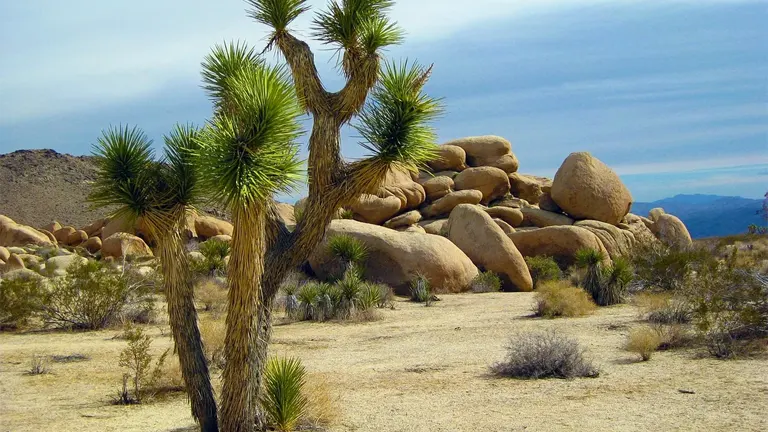
The goal of ecosystem restoration is not just to bring back what was lost, but to create resilient ecosystems that can sustain themselves in the face of ongoing environmental pressures, such as climate change.
This holistic approach involves a combination of reforestation, rewilding, wetland restoration, and the rehabilitation of marine environments, all aimed at reestablishing the natural balance and improving the ecosystem’s capacity to support a diverse range of species, including humans. By investing in ecosystem restoration, we can help restore the intricate web of life that sustains our planet, ensuring a healthier environment for current and future generations.
Grasping the Concept of Ecosystem Degradation
Ecosystem degradation occurs when the natural environment is compromised, leading to the loss of biodiversity and the disruption of ecosystem services. This degradation is often driven by unsustainable agricultural practices, urbanization, industrial activities, and climate change. The impacts are profound, affecting not only wildlife and plant species but also human communities that rely on healthy ecosystems for food, water, and shelter.
The United Nations Decade on Restoration
The United Nations has declared 2021-2030 as the Decade on Ecosystem Restoration, aiming to massively scale up restoration efforts worldwide. The initiative seeks to prevent, halt, and reverse the degradation of ecosystems across continents, focusing on restoring forests, grasslands, wetlands, and marine ecosystems. It involves a global coalition of governments, NGOs, businesses, and communities working together to restore at least 350 million hectares of degraded land by 2030.
Key Principles of Ecosystem Restoration:
Successful ecosystem restoration is guided by several core principles:
- Ecological Integrity: Ensuring that restoration efforts lead to the recovery of a functioning ecosystem that can sustain itself in the long term.
- Inclusivity and Participation: Engaging local communities, especially indigenous peoples, who possess valuable traditional knowledge and have a vested interest in the land.
- Sustainability and Resilience: Restoration projects should be sustainable, ensuring that they do not merely provide short-term benefits but also enhance the ecosystem’s resilience to future challenges such as climate change.
1. Forest Landscape Restoration (FLR)
Forest Landscape Restoration (FLR) involves restoring the ecological functions and enhancing human well-being in deforested or degraded forest landscapes. FLR is not just about planting trees; it is about integrating trees into various land uses, including agriculture and urban areas, to restore forest landscapes in a way that benefits both nature and people.
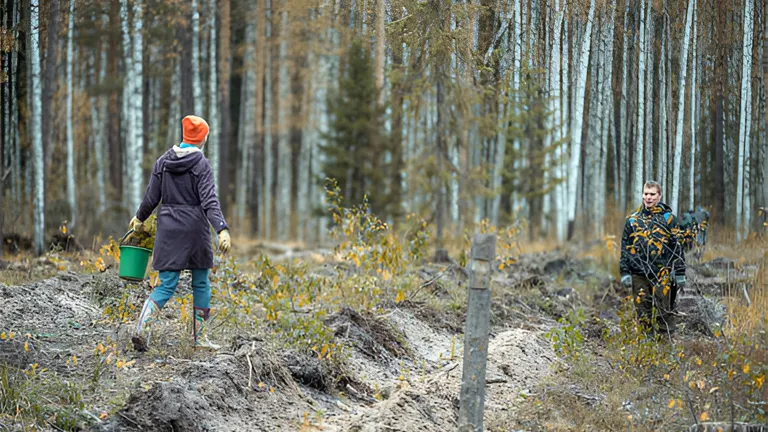
- Techniques in Forest Restoration: These include natural regeneration, agroforestry, and the planting of native species to enhance biodiversity.
- Success Stories and Case Studies: For instance, the Bonn Challenge, launched in 2011, has led to the commitment of restoring 210 million hectares of degraded land worldwide.
2. Peatland Restoration
Peatlands, which are wetland ecosystems, play a crucial role in carbon sequestration, storing twice as much carbon as all the world’s forests combined. However, peatlands are often drained for agriculture, forestry, and other uses, releasing large amounts of carbon dioxide into the atmosphere.
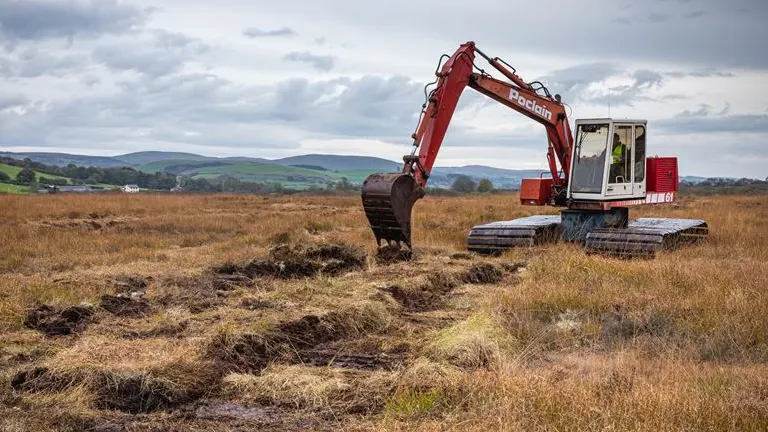
- Methods of Peatland Restoration: Restoration typically involves re-wetting drained peatlands, blocking drainage ditches, and re-establishing native vegetation. These efforts help to restore the waterlogged conditions that prevent the decomposition of organic matter, thereby halting the release of carbon.
3. Wetland Restoration
Wetlands are among the most productive ecosystems on Earth, providing numerous services such as water purification, flood control, and habitat for a wide range of species. However, they are also some of the most threatened, with significant portions drained for agriculture and urban development.
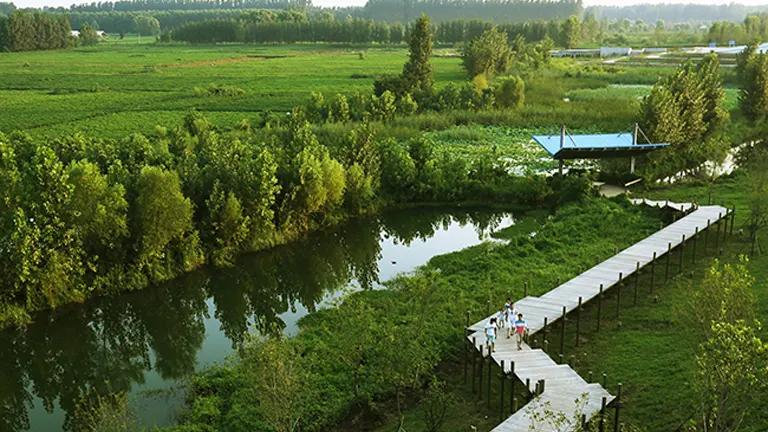
- Strategies for Wetland Restoration: Wetland restoration often involves re-establishing the natural hydrology of the area, removing invasive species, and planting native vegetation. Successful restoration can lead to the revival of wetland functions, supporting biodiversity and improving water quality.
4. Mangrove Restoration
Mangrove are vital to marine biodiversity, providing habitat for about 25% of all marine species. However, they are under severe threat from climate change, overfishing, and pollution, with many groves experiencing biodiversity bleaching and degradation.

- Techniques in Mangrove Restoration: Mangrove restoration can involve methods such as groves gardening, where fragments of forest are grown in nurseries and then transplanted to damaged areas, and artificial reefs, where structures are placed underwater to encourage groves growth and provide habitat for marine life.
5. Grassland and Savanna Restoration
Grasslands and savannas are ecosystems characterized by open landscapes dominated by grasses and scattered trees. They support a rich diversity of species and play an essential role in carbon storage. However, they are often degraded by overgrazing, agricultural expansion, and fire suppression.

- Restoration Approaches: Restoration of these ecosystems can involve controlled grazing, the reintroduction of native species, and prescribed burning to maintain the natural balance of these landscapes.
6. Urban Ecosystem Restoration
Urban ecosystem restoration is increasingly important as cities expand and natural habitats are fragmented. Urban restoration projects aim to reintegrate nature into cities, providing green spaces that improve air quality, reduce the urban heat island effect, and enhance the quality of life for city dwellers.

- Techniques for Urban Restoration: These can include the creation of urban parks, green roofs, and the restoration of urban rivers and wetlands. Successful projects, such as New York City’s High Line, demonstrate how urban restoration can transform abandoned spaces into vibrant green areas.
Challenges in Ecosystem Restoration
Ecosystem restoration is not without its challenges. These include:
- Financial and Resource Constraints: Restoration projects can be expensive and require significant financial and human resources.
- Social and Political Barriers: There can be resistance from local communities or political entities, particularly when restoration efforts conflict with economic interests such as agriculture or development.
- Monitoring and Long-term Maintenance: Ensuring that restored ecosystems remain healthy and functional over the long term requires ongoing monitoring and management, which can be difficult to sustain.
The Role of Technology in Restoration
Technology is playing an increasingly important role in ecosystem restoration. Innovations such as drones, remote sensing, and artificial intelligence are being used to monitor ecosystems, assess restoration progress, and even automate certain restoration activities.
- Examples of Technology-driven Successes: In Australia, drones have been used to plant trees in deforested areas, while AI is being employed to analyze data from restoration sites, helping to optimize restoration strategies.
Community Engagement and Indigenous Knowledge
The success of restoration projects often hinges on the active participation of local communities, particularly indigenous peoples, who have lived in harmony with their environments for centuries.
- Case Studies: In India, the restoration of the Aravalli hills involved the active participation of local communities, who used traditional knowledge to guide the restoration process, resulting in the revival of these degraded lands.
Policy and Legal Frameworks for Restoration
Strong policy and legal frameworks are essential to support ecosystem restoration efforts. International agreements such as the Convention on Biological Diversity (CBD) provide a global framework for restoration, while national and local policies can offer incentives and regulations to ensure that restoration efforts are effective.
- Examples of National Policies: Costa Rica’s Payment for Ecosystem Services (PES) program has been successful in incentivizing forest restoration, resulting in a significant increase in forest cover over the past few decades.
Final Conclusion
Ecosystem restoration is an urgent and necessary response to the widespread degradation of our planet’s natural environments. By restoring ecosystems, we can enhance biodiversity, improve ecosystem services, and contribute to the well-being of all life on Earth. However, these efforts require a coordinated global response, the active participation of local communities, and the integration of modern technology and traditional knowledge. As we move forward, it is crucial that we continue to prioritize ecosystem restoration, ensuring a healthier, more resilient planet for future generations.
Frequently Asked Questions (FAQs)
- What is ecosystem restoration, and why is it important?
Ecosystem restoration is the process of aiding the recovery of ecosystems that have been degraded, damaged, or destroyed. It is crucial because it helps restore biodiversity, enhances ecosystem services, and improves the overall health and sustainability of our environment. - What are the main causes of ecosystem degradation?
The primary causes of ecosystem degradation include deforestation, pollution, overgrazing, land conversion for agriculture or urbanization, and climate change. These activities disrupt the natural balance, leading to the loss of biodiversity and the decline of ecosystem functions. - What is the United Nations Decade on Ecosystem Restoration?
The United Nations Decade on Ecosystem Restoration (2021-2030) is a global initiative aimed at preventing, halting, and reversing the degradation of ecosystems worldwide. It seeks to restore at least 350 million hectares of degraded land by 2030, benefiting both nature and people. - How does Forest Landscape Restoration (FLR) contribute to ecosystem restoration?
Forest Landscape Restoration (FLR) involves the restoration of deforested or degraded forest landscapes to improve ecological integrity and enhance human well-being. FLR integrates trees into various land uses, including agriculture and urban areas, to create sustainable forest landscapes. - Why are peatlands significant in ecosystem restoration efforts?
Peatlands are vital for carbon sequestration, storing more carbon than all the world’s forests combined. Restoring peatlands helps prevent the release of stored carbon into the atmosphere, which is crucial for mitigating climate change. - What are the benefits of wetland restoration?
Wetland restoration improves water quality, provides habitat for wildlife, controls flooding, and enhances biodiversity. Restoring wetlands also helps in carbon sequestration and supports the livelihoods of communities that depend on these ecosystems. - What challenges are commonly faced in ecosystem restoration projects?
Common challenges include financial and resource constraints, social and political barriers, and the difficulty of ensuring long-term maintenance and monitoring. Overcoming these challenges requires collaboration, adequate funding, and sustained commitment. - How does coral reef restoration help marine ecosystems?
Coral reef restoration helps revive degraded reefs, which are crucial habitats for marine biodiversity. Techniques such as coral gardening and the use of artificial reefs support the recovery of coral populations, which in turn benefits the entire marine ecosystem. - What role does technology play in ecosystem restoration?
Technology plays a significant role by providing tools for monitoring, data collection, and implementing restoration techniques. Innovations like drones, remote sensing, and AI help track restoration progress, identify areas in need of intervention, and optimize restoration efforts. - Why is community engagement important in ecosystem restoration?
Community engagement is essential because local communities, especially indigenous peoples, have valuable knowledge and a vested interest in the land. Their participation ensures that restoration efforts are culturally appropriate, sustainable, and more likely to succeed in the long term.

James Wilson
Forestry AuthorJames Wilson has over 15 years of experience in forestry economics, specializing in sustainable practices, investment opportunities, and financial management. He has contributed to notable publications like "Forestry Today" and "EcoFinance Journal" and is known for providing practical and insightful advice. With a degree in Environmental Economics, James stays updated through continuous learning and active participation in industry discussions. Outside work, he enjoys hiking and nature photography, bringing a well-rounded perspective to his professional role.

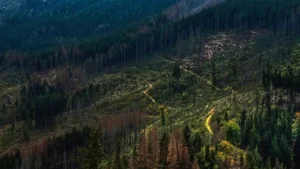


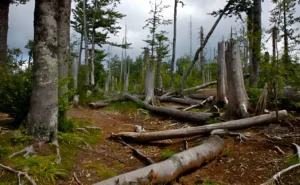

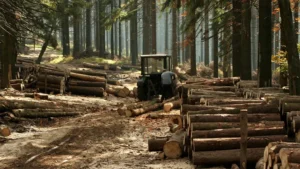



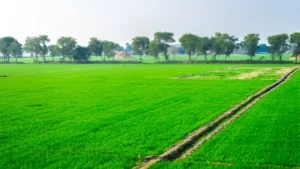

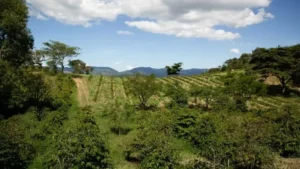
Leave your comment